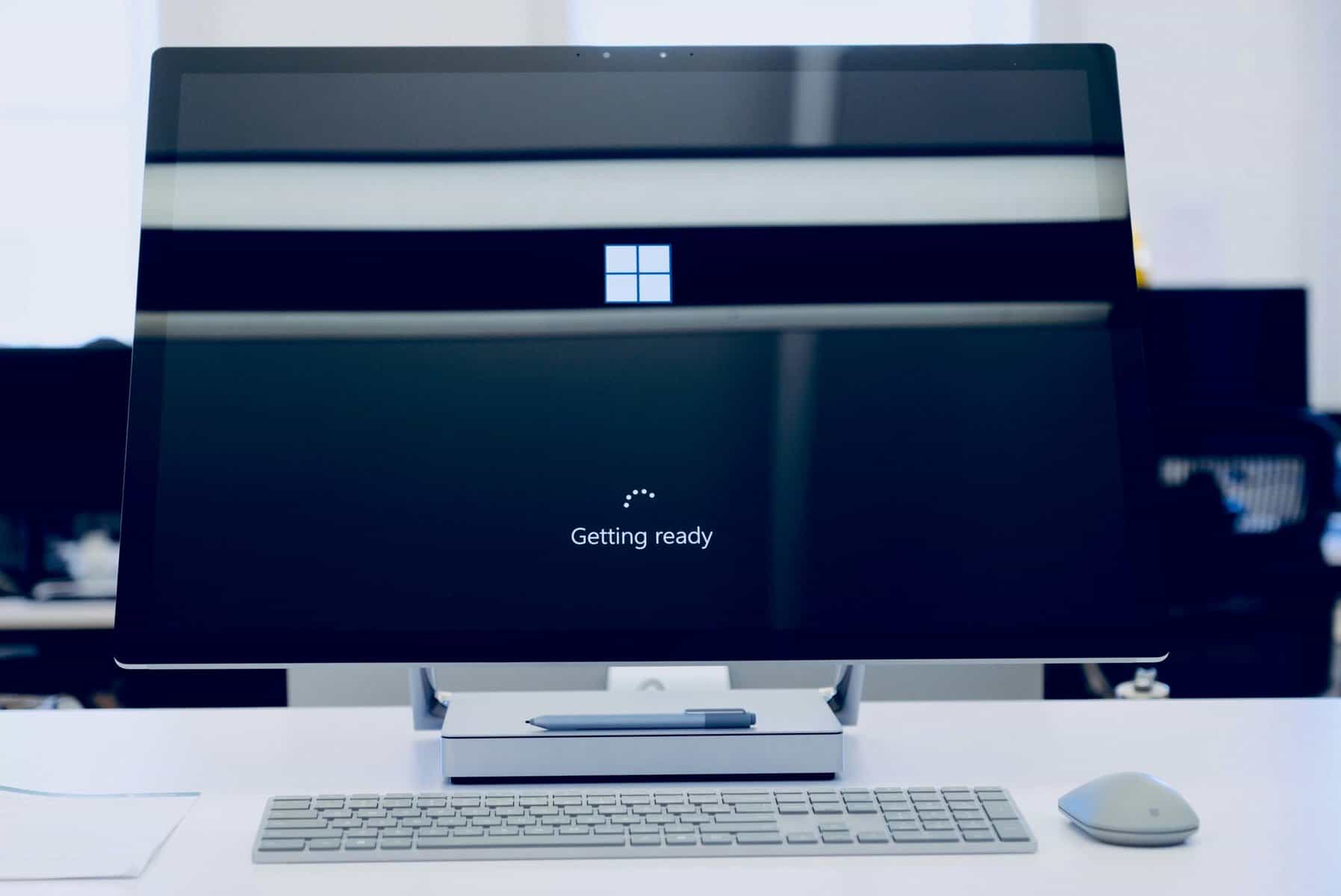In an age where innovation and security often walk a tightrope, the introduction of powerful language models like Mistral LLM has sparked both excitement and caution among tech enthusiasts. Imagine having a virtual assistant that not only understands your requests but can also generate human-like text with astonishing accuracy. However, as we embrace these groundbreaking technologies, questions about their safety loom large—especially for users on Windows platforms. Are you ready to unlock the potential of Mistral LLM while navigating the murky waters of cybersecurity?
In this article, we’ll delve into what makes Mistral LLM stand out in the crowded landscape of AI tools and weigh its advantages against potential risks associated with installation and usage. With growing concerns about data privacy breaches and malware threats, understanding how to safely integrate such advanced systems into your daily workflow is more crucial than ever. So buckle up as we explore whether Mistral LLM is truly a boon for users or if it’s best left on the shelf—waiting for a safer day ahead.
Overview of Mistral LLM Features
Mistral LLM stands out in the realm of large language models with its blend of unprecedented versatility and advanced capabilities tailored for various applications. One of its key features is the incorporation of state-of-the-art natural language processing techniques that enable it to understand contextual nuances and generate coherent, contextually relevant responses. This makes Mistral particularly appealing for developers looking to integrate sophisticated AI into customer service chatbots or content generation tools, where conversational accuracy is paramount.
Another remarkable aspect of Mistral is its lightweight architecture, designed specifically for seamless deployment on Windows systems. Users can enjoy rapid execution times without sacrificing performance quality, a critical factor for real-time applications. Moreover, Mistral offers extensive customization options that allow organizations to fine-tune the model according to their specific needs, enhancing user experience and operational efficiency. With robust security measures in place, users can confidently leverage Mistral’s capabilities while safeguarding sensitive information—a crucial consideration in today’s data-driven environment.

Installation Process and Requirements
When considering the installation of Mistral LLM on Windows, it’s imperative to first ensure that your system meets the necessary requirements. A compatible environment not only smooths the installation process but also enhances performance, allowing users to leverage all of Mistral’s capabilities effectively. Ideally, your machine should run at least Windows 10 with a 64-bit architecture and boast a minimum of 16GB of RAM; however, more robust configurations are recommended for optimal functionality. Ensuring ample storage is crucial as well; having around 5GB free will allow for a seamless deployment.
The installation process itself is straightforward but requires attention to detail at various stages. Users must download the latest installer directly from trusted sources or GitHub repositories to avoid security risks associated with third-party sites. Once downloaded, following the prompts in the setup wizard is key; be mindful of any optional features that might enhance your experience—such as support packages for additional libraries or plug-ins specific to your needs. It’s also wise to disable antivirus temporarily during installation, as some protective measures may falsely flag legitimate components from being installed, thus preventing Mistral from operating seamlessly post-installation. By preparing wisely and following these steps carefully, you can unlock access to cutting-edge AI tools with confidence and ease.
Potential Security Risks Explained
When considering the installation of Mistral LLM on Windows, it’s crucial to understand the potential security risks that could accompany its use. Firstly, third-party software like Mistral LLM often requires extensive permissions to function effectively, which can open up vulnerabilities in your system. Users may unknowingly grant access to sensitive data or critical system files, making them susceptible to unwanted data exposure or malicious exploitation. This risk is compounded for those who operate in environments with stringent cybersecurity protocols.
Another aspect worth contemplating is the integrity of the model itself. The underlying data used to train these models can sometimes include biases or even compromised datasets that inadvertently expose users to questionable content. Furthermore, if a model such as Mistral were ever compromised post-installation—through updates or external interfacing—users could find themselves inadvertently engaging with manipulated outputs that impact both their work and decision-making processes. Thus, while the allure of advanced functionalities may be enticing, it’s essential to approach this technology with a cautious mindset and prioritize robust security measures during installation and use.

System Compatibility and Performance Issues
When contemplating the installation of Mistral LLM on Windows, system compatibility is a crucial factor that can significantly influence overall performance. The complexities of different hardware configurations and software environments mean that not every machine will yield optimal results. Compatibility with existing applications, drivers, and even operating system updates can lead to unforeseen bottlenecks, which may hinder the efficiency of Mistral LLM’s powerful capabilities. Users should consider conducting thorough checks on their system’s specifications—not just in terms of RAM and processing power but also by examining GPU compatibility since many advanced AI models are heavily reliant on graphical computation.
Moreover, performance issues often extend beyond hardware limitations; they can be exacerbated by the surrounding ecosystem within your digital workspace. For example, other concurrently running applications might consume valuable resources or conflict with Mistral’s runtime requirements. This interaction could result in longer load times or slower processing while running real-time tasks. To mitigate these risks, users are advised to seek a well-optimized environment prior to installation—potentially even creating a dedicated working space devoid of unnecessary background processes. By understanding these nuances surrounding compatibility and performance, one can create an effective foundation for unlocking the full potential of Mistral LLM on their Windows setup.
Alternatives to Mistral LLM for Windows
While Mistral LLM offers impressive capabilities, it’s essential to explore other alternatives that could suit various needs and preferences. OpenAI’s GPT models, for instance, represent a powerful option, particularly for those who seek advanced language generation with user-friendly APIs. These models can be easily integrated into Windows applications, ensuring robust performance and versatility in numerous tasks ranging from content creation to coding assistance.
Another noteworthy contender is the EleutherAI’s GPT-NeoX, which provides an open-source approach that appeals to developers interested in customizing their LLM experience. With an active community supporting its evolution and improvement, users can tap into a wealth of resources and collaborations that enhance functionality for specific use cases. Moreover, if privacy is a top concern, opting for local installations of smaller models like DistilGPT or T5 could address such issues while still delivering commendable AI-driven results without cloud dependency.
Ultimately, selecting the right language model involves considering factors like scalability, ease of integration with Windows environments, and specific application requirements. Exploring these alternatives not only opens doors to various functionalities but also empowers users to find solutions tailored precisely to their individual needs without compromising on safety or performance.

Conclusion: Is Mistral LLM Worth It?
In evaluating whether Mistral LLM is worth the investment, it becomes clear that its capabilities extend far beyond mere functionality. Users are not only drawn to its advanced language processing features but also to its adaptability across various platforms and applications. This versatility makes it an appealing choice for both casual users and professionals looking for a competitive edge in productivity.
Moreover, the ongoing community support surrounding Mistral LLM adds significant value. Regular updates and an active user base suggest a commitment to continuous improvement, ensuring that the tool doesn’t become obsolete quickly. Those who prioritize innovation will likely find themselves rewarded as Mistral responds dynamically to emerging trends in technology and user feedback. Ultimately, if you seek a robust solution that prioritizes safety while enhancing your workflow, investing in Mistral LLM could indeed prove worthwhile.

